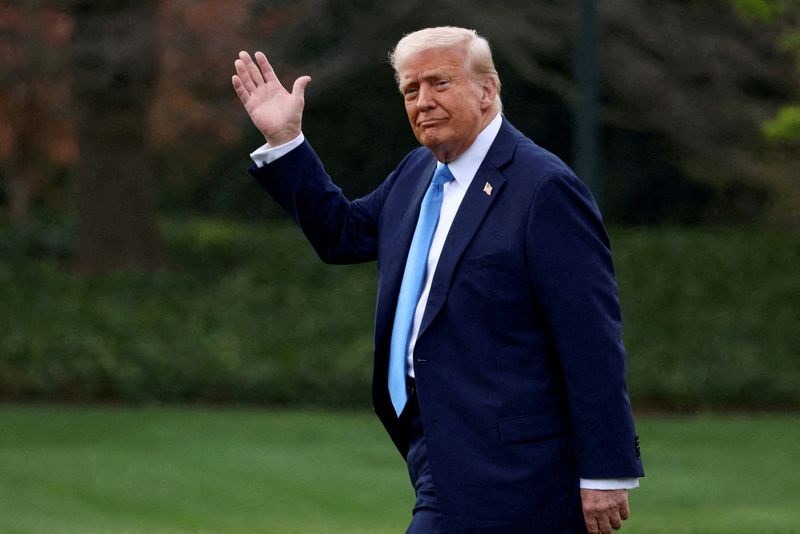Select Language

The sweeping new U.S. import tariffs announced by President Donald Trump have pushed the country’s average tariff rate to 22%, up from just 2.5% in 2024, according to Fitch Ratings.
That level of protectionism hasn’t been seen since around 1910, Fitch’s U.S. economic research head Olu Sonola said in a statement following the announcement.
"This is a game changer, not only for the U.S. economy but for the global economy," Sonola said. "Many countries will likely end up in a recession. You can throw most forecasts out the door, if this tariff rate stays on for an extended period of time."
Trump introduced a 10% baseline tariff on all imports, with significantly steeper rates for key trading partners, including 34% on China and 20% on the European Union. The administration also confirmed a 25% tariff on auto and auto parts. Speaking from the White House Rose Garden, Trump said the new tariffs would help restore critical manufacturing sectors to the U.S.
Over the coming months, the most immediate effect of the new levies is expected to be higher prices on thousands of consumer and business goods. That price pressure could curb demand both domestically and globally, adding to the risk of recession.
Tariff rates vary significantly by country—from 10% on UK imports to 49% on goods from Cambodia—suggesting uneven economic impacts. A broadening trade war would likely hit China especially hard, as it faces weak internal demand and would need to find new export markets.
If the U.S. economy begins to slide into recession under the weight of these tariffs, the repercussions would extend to many developing economies that rely on U.S. demand.
Financial markets reacted sharply, with stock futures falling and investors rotating into traditional safe havens including bonds, gold, and the Japanese yen.

